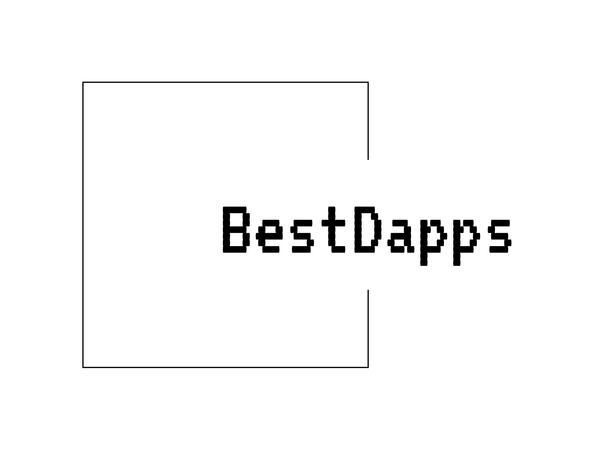
Unlocking the Metaverse: The Power of SAND
Share
Understanding SAND: The Crypto Asset for Virtual Worlds
SAND is the native cryptocurrency token of The Sandbox, a blockchain-based virtual world that allows users to buy, sell, create, and monetize virtual reality assets. Launched in 2017, The Sandbox offers an expansive ecosystem for gaming enthusiasts, creators, and developers. With SAND as the platform’s primary currency, users can engage in various in-world transactions and participate in governance via a decentralized autonomous organization (DAO) structure.
What is SAND?
SAND operates on the Ethereum network following the widely used ERC-20 token standard. It functions mainly as a utility token within The Sandbox, a virtual metaverse where users can interact and create digital assets, known as NFTs (Non-Fungible Tokens). Players can use SAND to buy land, purchase assets, and stake tokens for rewards. The token plays a critical role in enhancing the overall experience of the metaverse, allowing users to contribute to and benefit from the digital world.
Key Features of SAND
1. Utility Token for Transactions
In The Sandbox ecosystem, SAND acts as an in-game currency used for numerous purposes such as purchasing digital land (LAND), acquiring in-game assets, and paying for services. It helps facilitate transactions between users within the metaverse, enabling an economy driven by user-created content.
2. Governance and Decentralization
SAND token holders have the ability to participate in decision-making processes regarding the platform's development through the platform’s decentralized governance. Using a DAO structure, holders can vote on key proposals related to platform upgrades, content creation strategies, and future project directions. This gives users a level of control over The Sandbox’s evolution.
3. Staking for Rewards
SAND tokens can also be staked by users to receive passive income in the form of rewards. Staking provides liquidity to the network, which helps to maintain the stability and scalability of the marketplace within the virtual world. Users may also earn more SAND by staking on certain DeFi platforms integrated with The Sandbox's ecosystem.
The Sandbox Ecosystem Overview
The Sandbox merges the concept of non-fungible tokens (NFTs) with its virtual world, giving users complete ownership over their creations. Anyone can develop mini-games, experiences, and even art using the platform. The platform's built-in tool, called VoxEdit, allows users to create and animate 3D objects that can be sold as NFTs. Moreover, another component, the Game Maker, empowers users to design interactive experiences without requiring extensive coding knowledge.
LAND and Digital Ownership
One of the most critical assets in The Sandbox is the virtual real estate, called LAND. Each piece of LAND can be developed to include interactive experiences, and users can monetize their property to earn SAND tokens. LAND is limited in supply, which makes it a valuable and sought-after asset in the virtual world. Its scarcity, like real-world real estate, plays a significant role in its perceived value, although that is subject to change based on market demand and the success of the platform.
Transparency and Interoperability
SAND benefits from the transparency and security features of blockchain technology. Since The Sandbox operates on Ethereum, SAND benefits from Ethereum’s well-established infrastructure. Additionally, The Sandbox allows for interoperability between various blockchain games and platforms, ensuring that items created in the ecosystem are truly owned by the users and can be transferred or sold outside of the platform if necessary.
Token Distribution
Originally, SAND tokens were distributed through a combination of private sales and token offerings. The total supply of SAND is fixed, which contributes to a scarcity dynamic that can influence user behavior. A portion of the tokens is set aside for company reserves, while other portions are allocated for staking rewards, foundation growth, and platform development incentives.
Conclusion
The Sandbox and its native SAND token are part of a burgeoning metaverse that aims to fundamentally change how users interact with digital assets and environments. While many aspects of the platform are promising, its success will largely depend on continued user adoption, the development of its ecosystem, and market trends affecting other virtual worlds.
